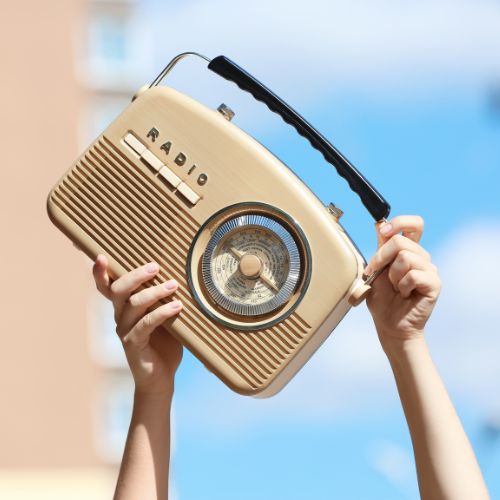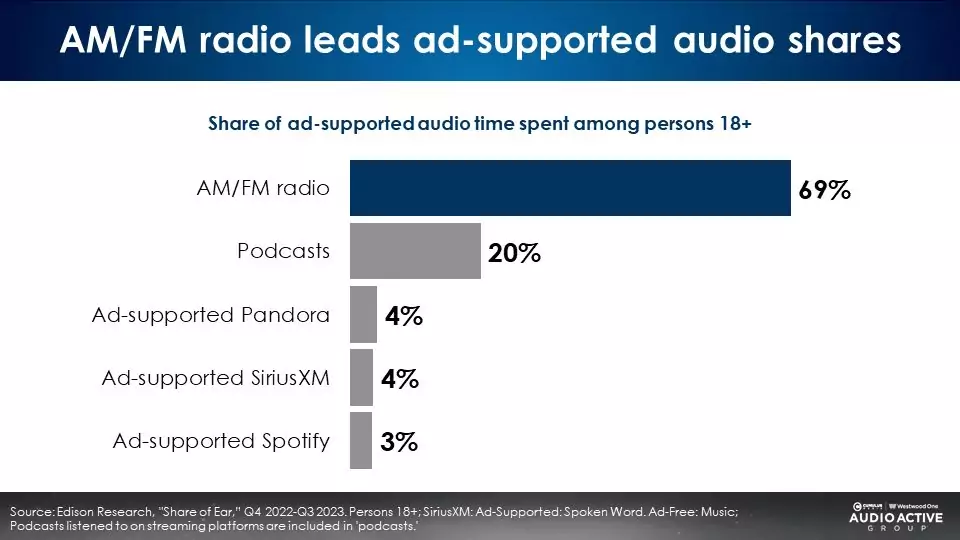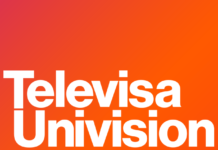
A new Disqo study looking at trends in video streaming and television holds some good news for traditional radio, as price fatigue sets in over streaming platforms. The survey found consumer resistance to ad-supported entertainment is waning.
Only 13% of the 18,000 US adults surveyed by Disqo expressed opposition to ads in exchange for lower subscription costs. This marks a significant drop from the 36% opposition rate reported last year. In the past year, streaming giants like Amazon, Netflix, and Disney have been incorporating ads into basic pricing tiers, with the option to pay extra for ad-free viewing.
Netflix’s ad tier has attracted 23 million monthly active viewers since its launch in November 2022, while Disney+ reports 5.2 million users on its ad-supported plan.
This shows a change in the entertainment landscape that cost-effectiveness is becoming far more valued than an ad-free experience, and for audio, no ad-free platform has higher engagement than radio.
Edison Research found that 84% of Americans aged 13 and older engage with some form of ad-supported audio each day. This category encompasses a variety of platforms, with AM/FM radio leading the way. Cumulus Media Chief Insights Officer Pierre Bouvard unpacked more of this data to find that AM/FM radio now surpasses the combined audience share of Pandora and Spotify, with a 69% share overall and an 85% share in-car.

Radio’s share of ad-supported audio among those ages 25-54 has doubled since 2016.
This follows the prediction of audio agency AMA CRO Paul Kelly that 2024 will see a surge in ad-supported audio. With economic concerns remaining on the back burner, subscriptions are often one of the first things to go for modern budget cuts. Brands seeking to reach consumers where they are could get a leg up by tapping into radio as the ad-supported audio centerpiece.
Kelly said, “Audio is a uniquely capable medium for upper-funnel campaigns. There are a few reasons why that’s the case. Reach is a big one. Most people interact with audio by listening to a podcast or internet radio, tuning into commercial broadcast radio, or simply through a streaming service like Spotify or Apple Music. With so many formats, there’s this massive addressable market for advertisers to talk to.”





